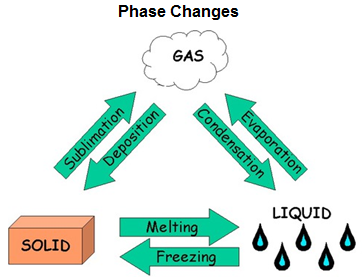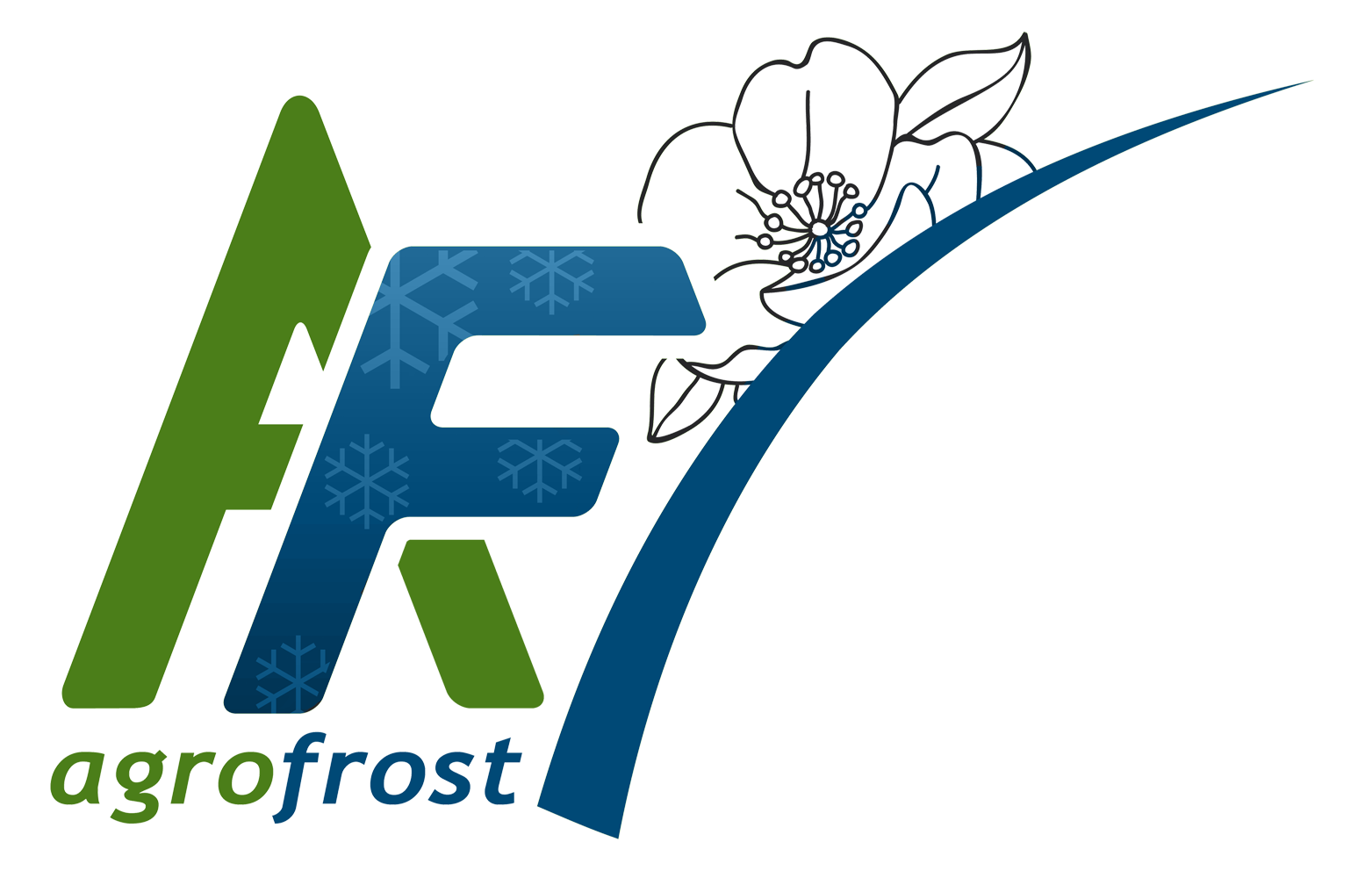How does it work ? –> Phase Changes or Phase Transitions
The working principle is, unlike all other frost protection systems, not based on raising the temperature above the critical values but on phase transition. Or in this case by controlling the forming of hoarfrost. Where our machines are used, we notice a significantly lower formation of hoarfrost. We all know that hoarfrost is the biggest enemy for the flowers and buds. But there is a way to use the enemy for protection.
The transformation of vapour into hoarfrost is called desublimation or deposition and liberates a lot of energy. This energy is transferred to its surroundings, in this case the surrounding air but above all into the leaves and flowers themselves. We know that it’s precisely the hoarfrost that normally causes most damages. This is because the ice crystals extract energy and humidity from the flower. Without protection, the layer of hoarfrost will increase and finally cause damages by dehydration and under-cooling.
But not with our system. Because we pass with a hot air stream, every 7 to 10 minutes, part of the ice evaporates (called sublimation) and the remaining ice gets energy from the passing air. The higher the humidity, the more energy that is transferred. After a few minutes, the air cools down again, the relative humidity increases and some new rime will be formed. This liberates again energy and gives again energy to the flowers. This allows us to create an optimal protection with only a fraction of the energy input that is needed by other systems.



